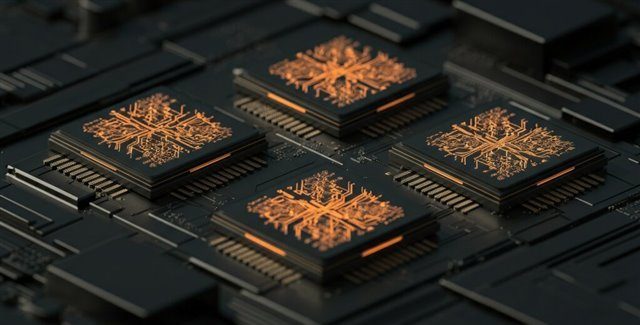As multi-die and chiplet-based systems gain traction in AI, mobile, automotive, and high-performance computing, traditional simulation methods are hitting performance limits. To address this challenge, Cadence has introduced the Xcelium Distributed Simulation App, designed to accelerate verification workflows and cut down bottlenecks. With speedups of up to 3×, the new solution helps design teams handle complex multi-die systems more efficiently and cost-effectively.
The Xcelium Distributed Simulation App, available within the Xcelium Logic Simulator, partitions large simulations into smaller, independent tasks that can run in parallel across server resources. This distributed approach eliminates the long runtimes associated with monolithic simulations, enabling teams to achieve faster turnaround times without compromising accuracy.
Key advantages include:
- Up to 3× faster performance in multi-die system simulations.
- Improved hardware efficiency, reducing compute costs by as much as 5×.
- Seamless testbench reuse, so teams can extend single-die verification environments to multi-die projects with minimal overhead.
Early adopters are already seeing results. At Samsung Semiconductor, Garima Srivastava’s verification team reports smoother workflows and faster execution by leveraging existing testbenches for multi-die designs.
Alok Jain, Corporate VP of R&D at Cadence, emphasized the impact:
“With the Xcelium Distributed Simulation App, we are redefining verification performance for multi-die systems. It’s about giving our customers the speed and scalability they need to meet next-generation design demands.”
This new capability reinforces Cadence’s leadership in advanced verification, helping customers stay ahead as the industry shifts to larger, more complex architectures.
(This article has been adapted and modified from content on Cadence Design Systems.)







